The Feel of Music with Guest Editor Adrienne Hailey
Adrienne Hailey, bassist for Sammus and 79.5, shares the importances of “the feel” of music, her pre-show rituals, and a lesson on rhythm.
This guest column originally appeared in She Shreds Magazine Issue #19, released August 2019.
For me, playing bass has always been about “the feel.” Because of that, I’ve been afforded awesome opportunities even though I consider myself a “Bass Baby,” at the beginner/intermediate level.
“Feel” is how you connect with music through time and rhythm. Notes and scales are important, but rhythmic skills are quintessential—you’re able to express yourself in many ways even if you’re only playing two to three notes or chords. I’ve definitely played lines using only three or four notes and had people grooving. Rhythmically, I was killing—but to more trained musicians, they almost always listen for dynamics note-wise. At the end of the day, I continue to receive my blessings in music.
Around 2011, my grandparents gave me an acoustic guitar. I started lessons, but every time I played a song, I was unknowingly trying to play the bass line. I didn’t know it, and I naively bought an electric guitar. When I still couldn’t hit the low notes that I aimed for, a friend told me to get a bass. He later introduced me to his bassist (Hashim Bunch) who became my teacher, along with the help of YouTube videos. Through learning patience, ear training, awesome feel, and belief in myself, it’s been possible to live my dreams of being a badass.
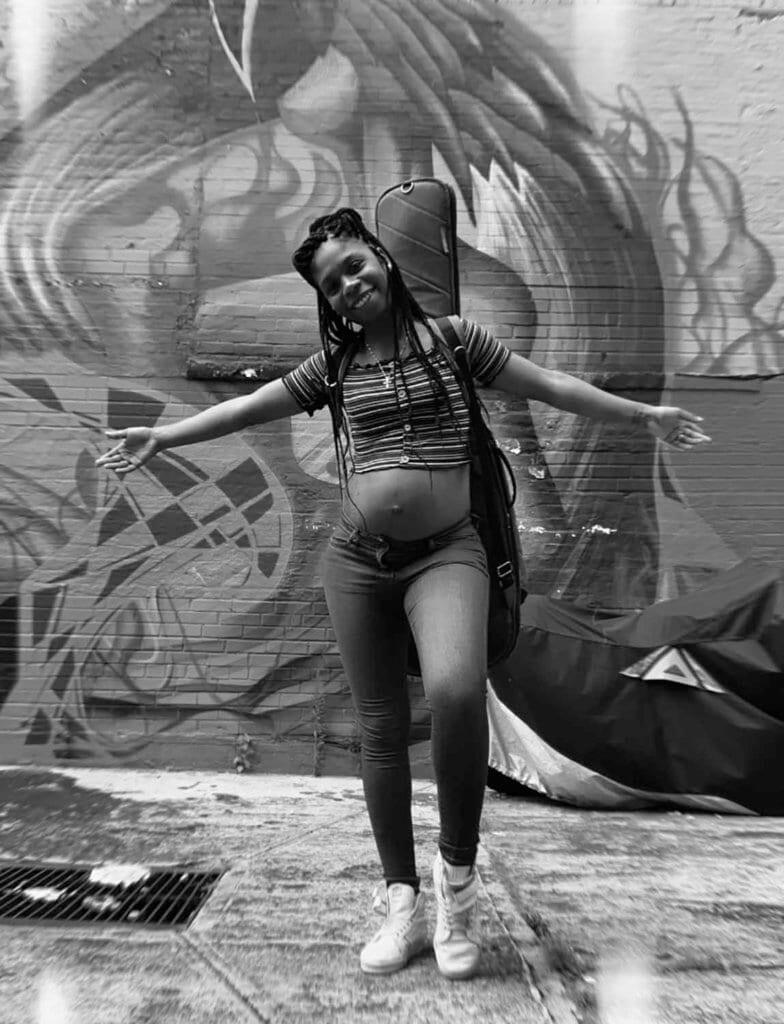
Enjoying different styles of music and learning other people’s bass lines has helped me most in my still-developing sound: funk and hip hop, because their lines were the easiest to learn in the beginning; R&B, because those lines connect to the singers’ vocals and helped me understand how to use my voice better; and gospel, because the musicality has always made me feel connected, and as an artist you want to connect and move people. Across all genres, drums have probably played the biggest part in inspiring my grooves.
The bass lines I play with Sammus are lines that she comes up with. With 79.5 I mainly follow the keys and what the creator would like to hear. My own sound has yet to be featured in the music that I’m mostly known for, but I have a few singles (and unreleased music) that I perform, which allows me to explore my sound. Thankfully, from doing so many shows and touring, I’m a lot more comfortable stepping out on my own, where I have the space to create and express myself more freely.
Adrienne Hailey’s Essential Pre-Show Rituals
Check for Most Necessary Gear
- 5 String Ibanez Bass – This allows me to get those extra-low notes without needing a pedal.
- Snark S-5 Mini Tuner – Different environments affect wood differently, which can put a bass out of tune between soundcheck and performance time.
- Shure 1⁄4 inch Cable – I once played a loft show with my first band (Krozs&THE MUZE) where we rocked a piece of art off the wall. I didn’t know that my cable had plugs that could twist loose, and the art had knocked my cable out from the plug. The sound was atrocious. I couldn’t hear myself from the jump, and no one in the band, including myself, knew I was basically playing air bass until someone freestyled to signal that I was playing unplugged. Humble pie, anyone?
- Sturdy Strap Locks – Security is golden. One side of my strap once fell off during a 79.5 show at The Fillmore in San Francisco. Of course, it happened in the middle of a song where I had no bass breaks. My dress was cute but tiny, which made it impossible to put my foot up on the monitor or kneel, so I just played through the song in a weird stance, panicking.
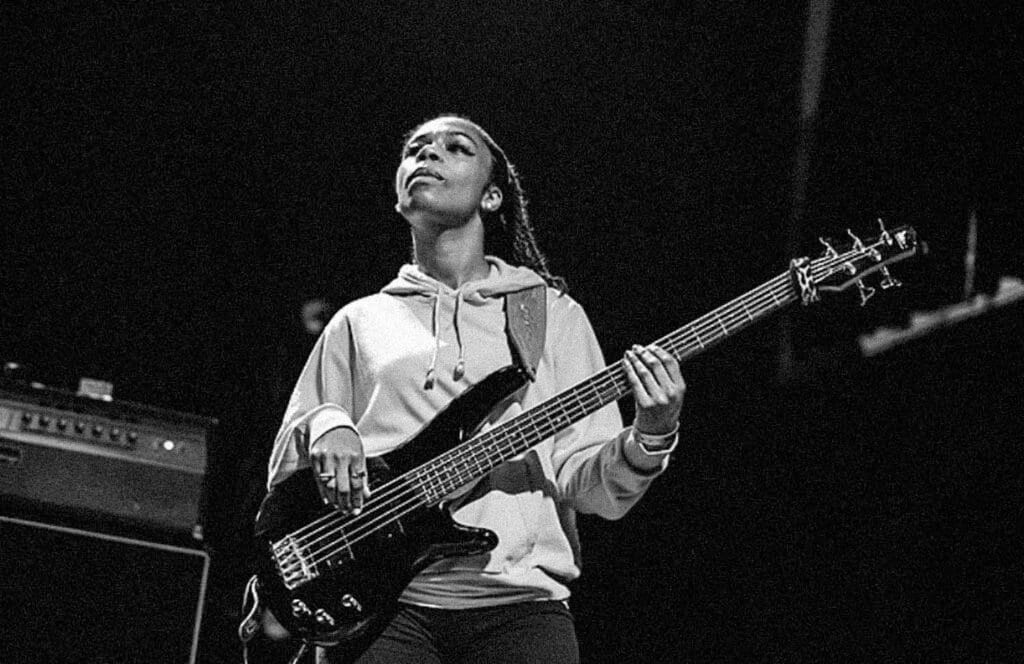
Hydration
Gotta stay hydrated, so water, water, water. Something about apple juice makes me feel comforted right now, since I’ve been pregnant and can’t have a beer or my usual shot of whiskey.
Nail Polish
Taking the time before a gig to sit, paint my nails, and let them dry is calming for me, whether done at home or in a green room. Also, pretty nails make me feel like I’m dressing up my hands and my strings as I pluck them.
Quiet Time
Before rehearsals and gigs, I always need some time to just breathe and be. In the beginning of my bass career I realized that I spent a lot of time not breathing while playing. So if I’m already calm and in my zone, I’ll more easily stay there.
Prayer
I wouldn’t say I’m religious, but I always keep my spirituality about me. For years, one of the main causes of my stage fright was my fear of messing up in front of people. I’d be so anxious that I would mess up, so I started focusing on playing the right notes instead of worrying about the wrong ones. With that, I started saying a prayer of thanks, and to “play all the right notes.”
Dancing
After I get my mind quiet and in the right place, I like to get loose by dancing and smiling.
Hugs
When they’re from people you love, they make you feel loved. The more love I bring on stage, the more love I share.
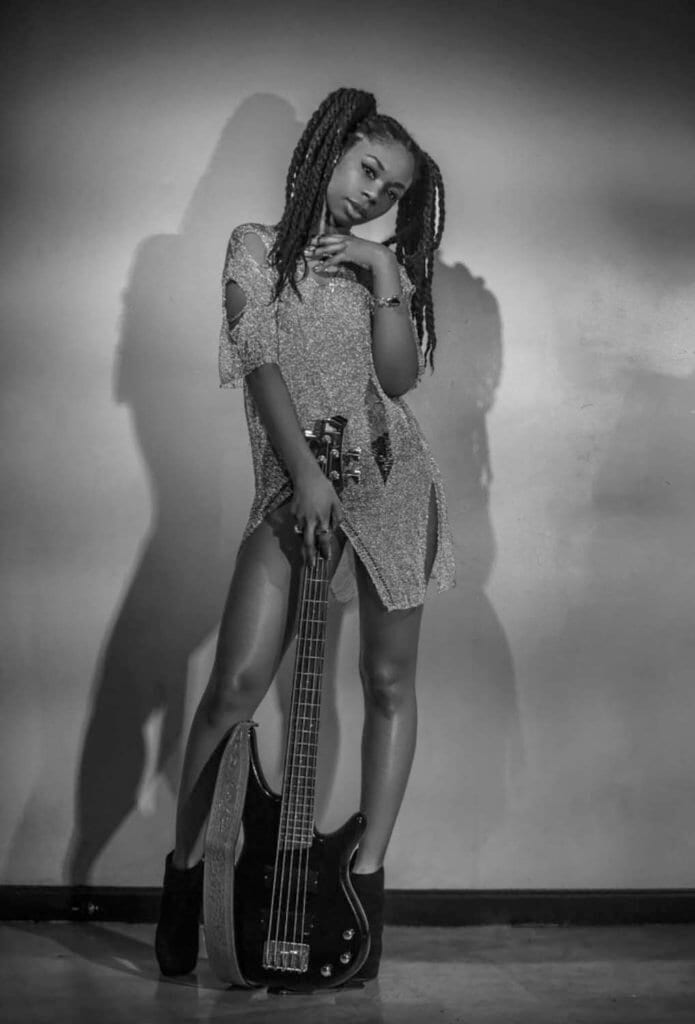
Lesson on Rhythm with Adrienne Hailey
Rhythm is defined as a repeated pattern of sound. It’s what makes people want to tap their foot, bob their head, and/or dance. In music, the repeated pattern of sound we listen for consists of notes and/or beats, such as those from a bass or drum; however, rhythm is also found outside of music. If someone hears water dripping continuously or the ticking of a loud clock, they might start to dance to it.
I believe great rhythm starts with internalization, and the first step is to listen. It may seem like an easy step, but learning bass taught me that I also had to learn how to listen more intently. Practice internalizing by listening to a song you’re familiar with and singing the bass line (or any other line that sticks out to you). Next, lower the volume of the song all the way down, but keep singing the line. After a few seconds, raise the volume to test that you’re at the same point in the song as the recording. It’s best to try this method on songs with simpler lines or start with songs that you may already know. This can also be done with song lyrics.
As a bassist, having internal rhythm will help your groove as well as help you stay in the pocket. Being in the pocket is when the rhythm section is solidly locked in as one unit within the groove, and the music has a nice feel to it. As long as you’re hitting the downbeats (mainly the first downbeat—the “one”) with the drummer, you will be in the pocket. Another way to know that you’re in the pocket is when you and the drummer share a look of either childlike excitement or deeply approving disgust at how tightly locked you guys are.
While note choice can change the dynamic of a bass line, the rhythm helps establish the groove: the rhythm that creates a song’s pulse. When grooving, the timing doesn’t need to be perfect as long as it’s consistent.
Another aspect of great rhythm and rhythm internalization is being able to identify the “one,” which will enable you to identify other important counts (like the upbeats “two and four”). This is especially helpful once you start playing in more complex time signatures or music that has changes in time. Identifying the “one” will allow you to always establish a groove even if you’re unsure of the exact time signature.
Below are a few exercises in rhythm. Since not everyone reads music, I have also included a few diagrams to help you get started so that you can complete the exercises which contain different note choices and rhythm combinations.
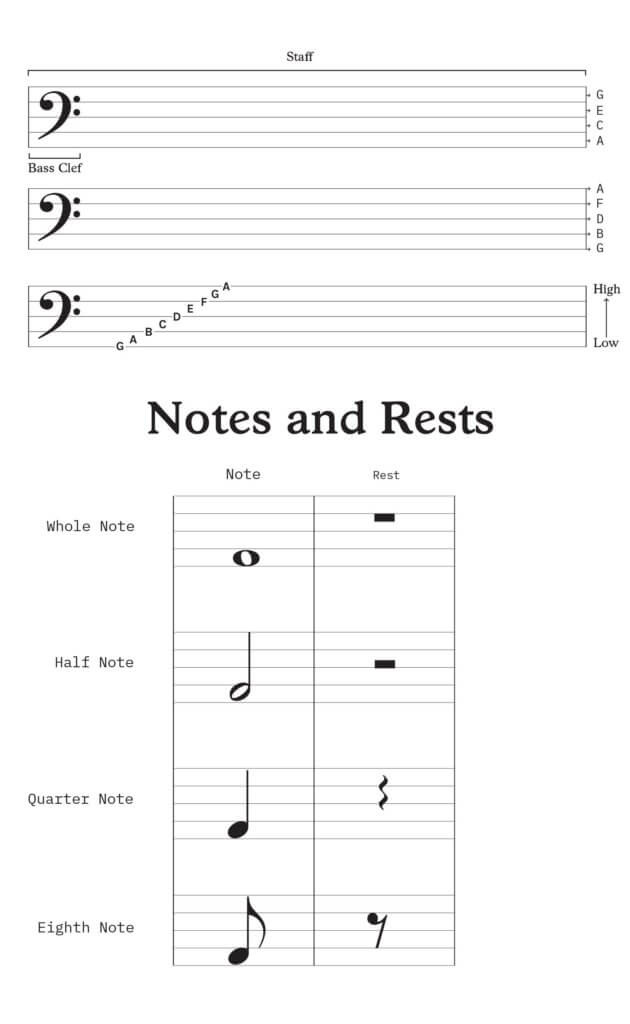
Please note: rests in music are just as important as the notes. In the words of Jay-Z, “Let it breathe.”
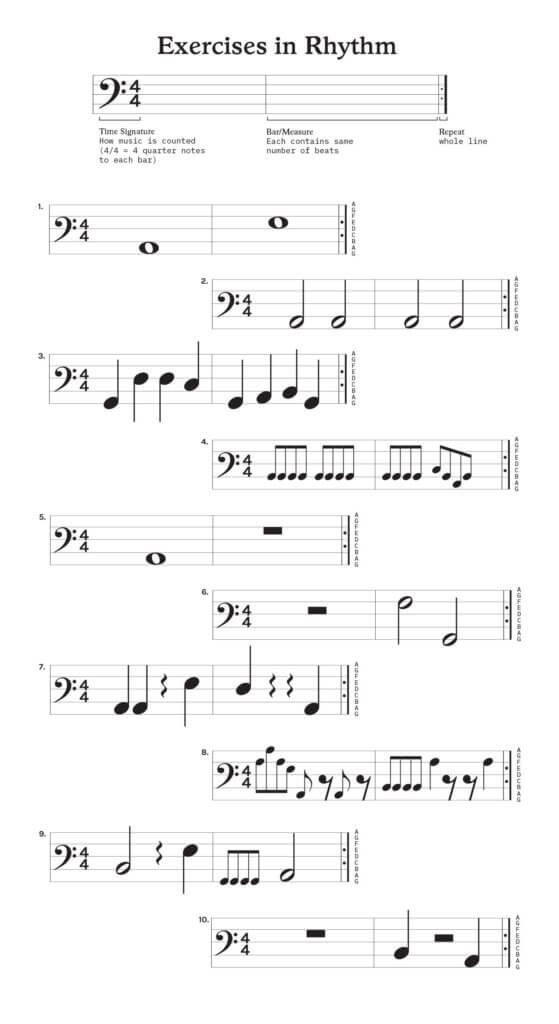
Don’t forget to practice with a metronome or a drum loop. Practice each exercise at different tempos, starting slow and increasing in speed. But mostly, have fun!
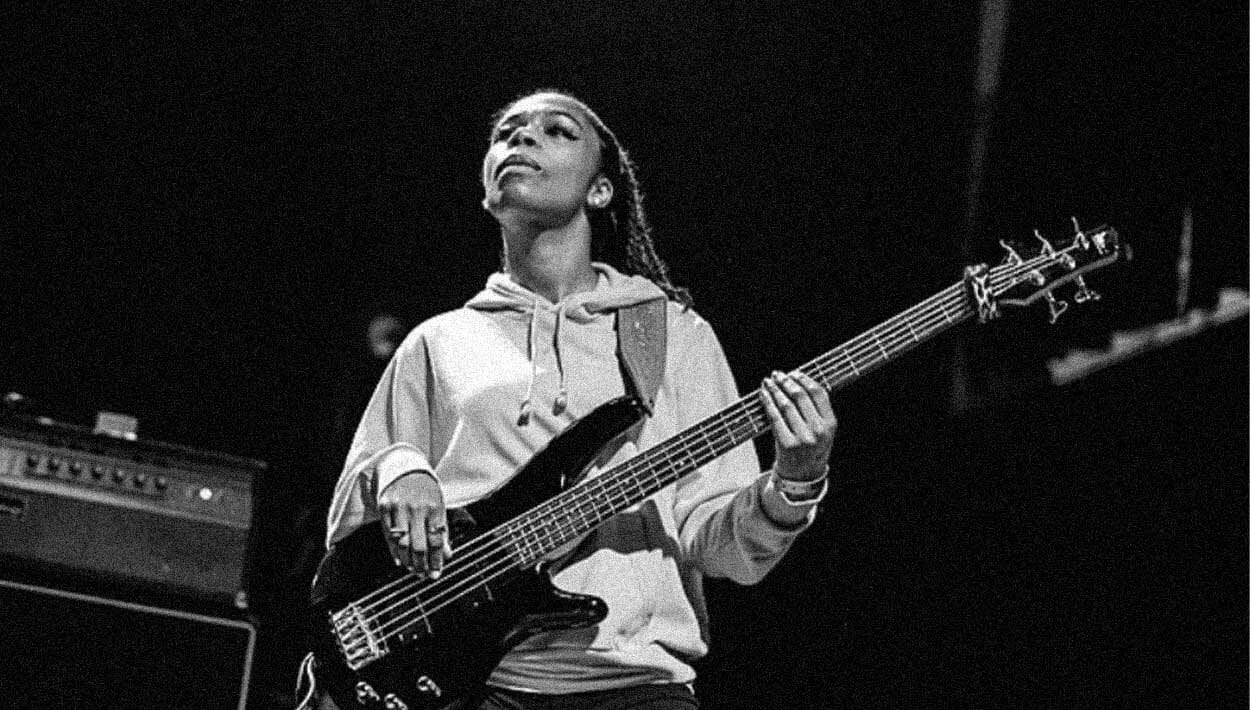


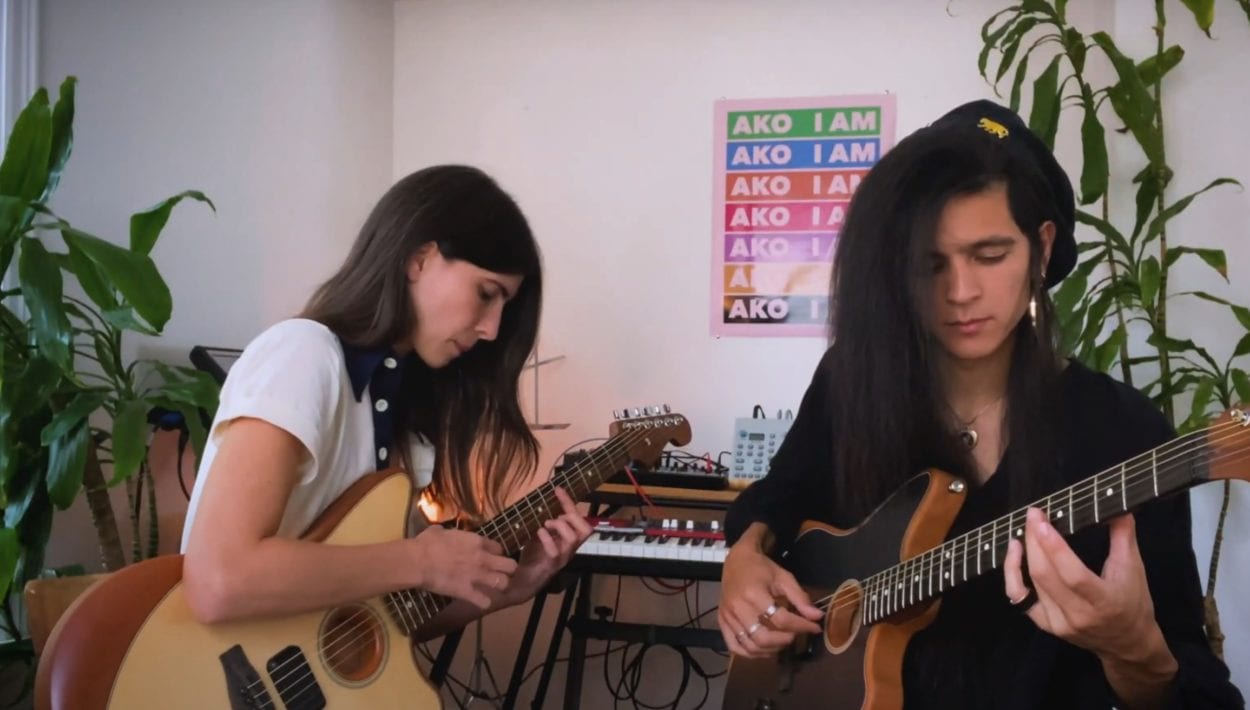

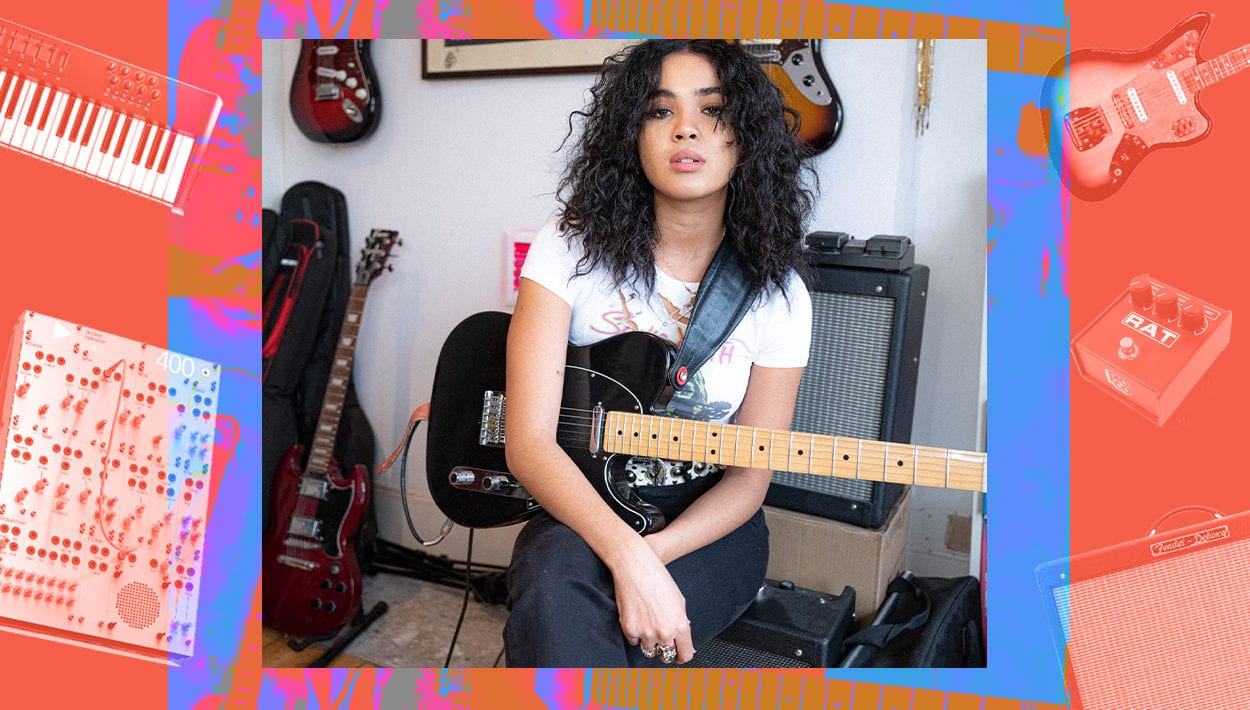
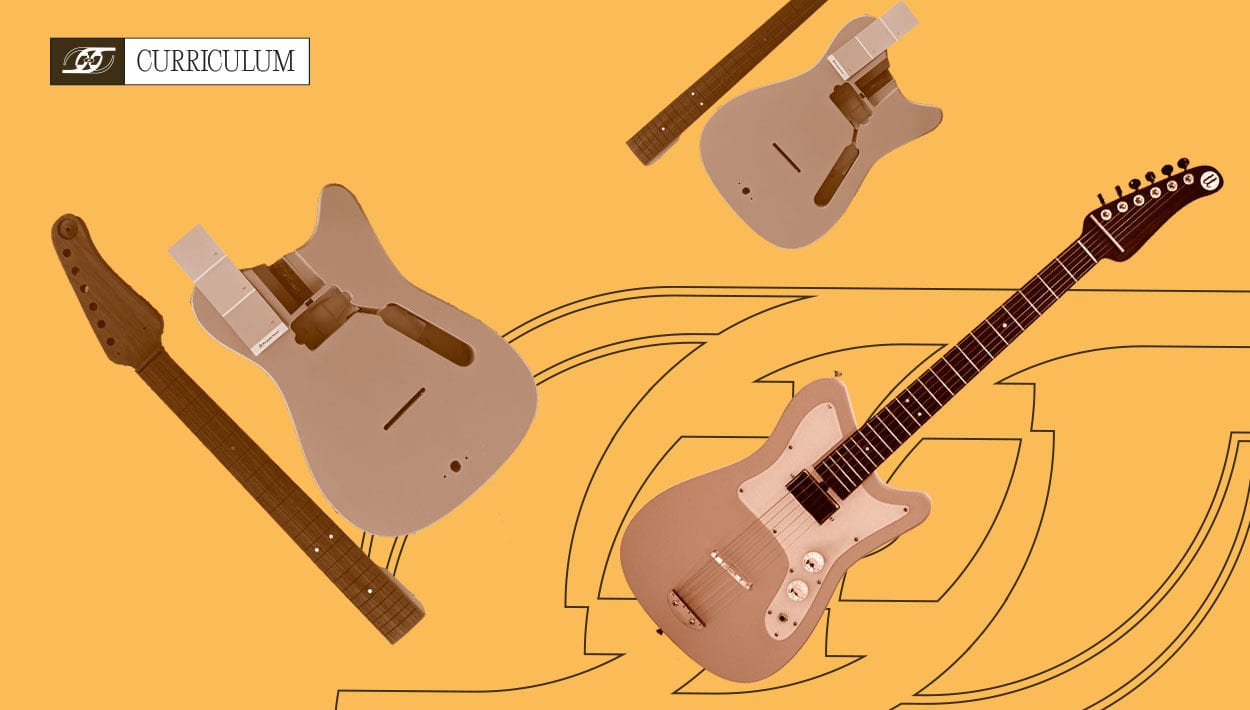
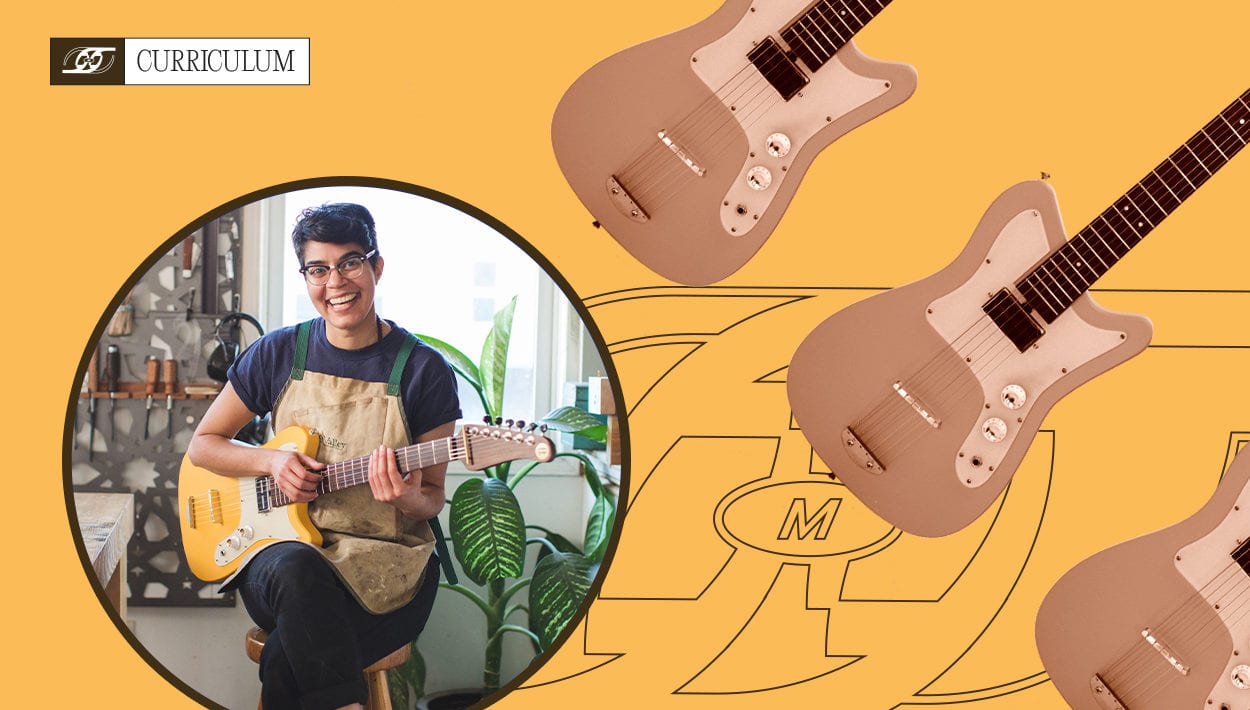
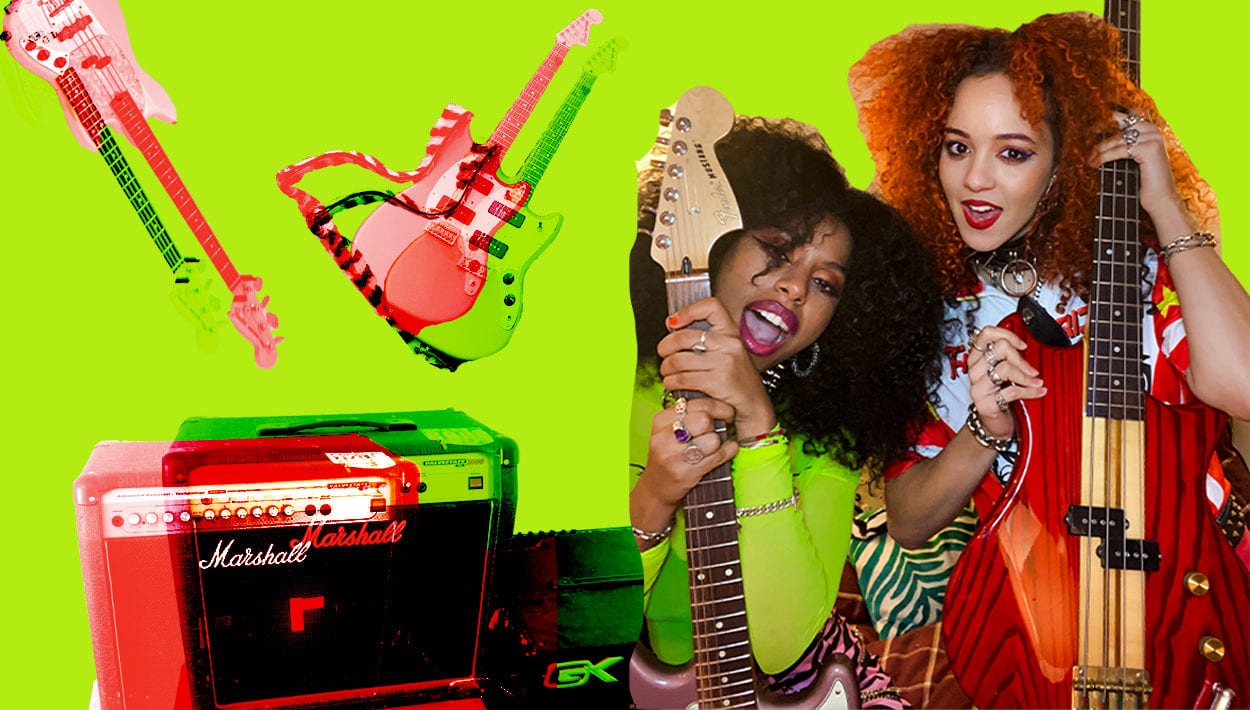
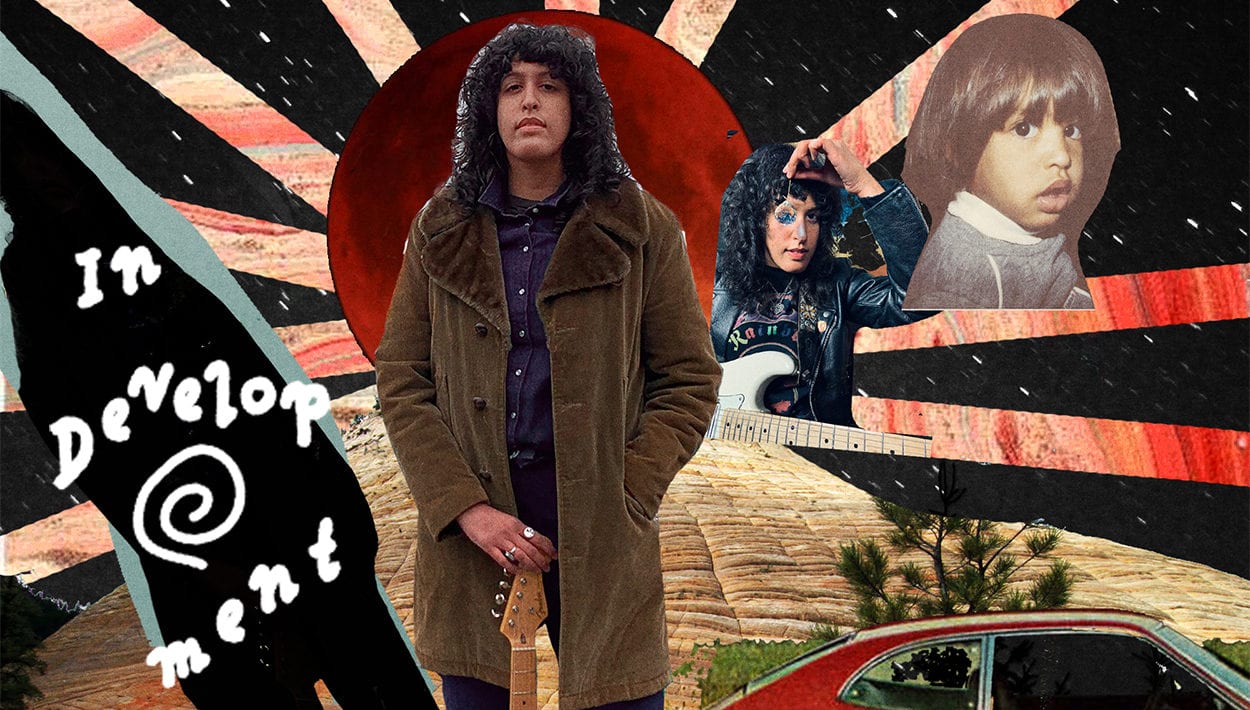
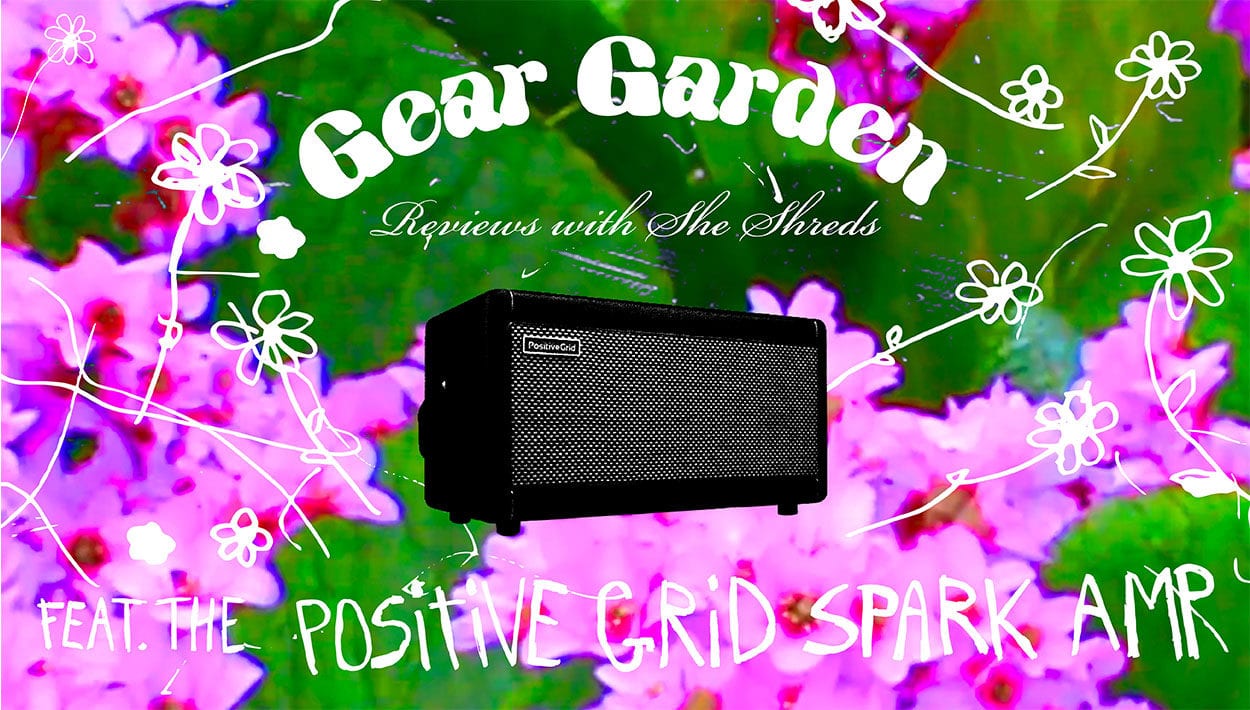
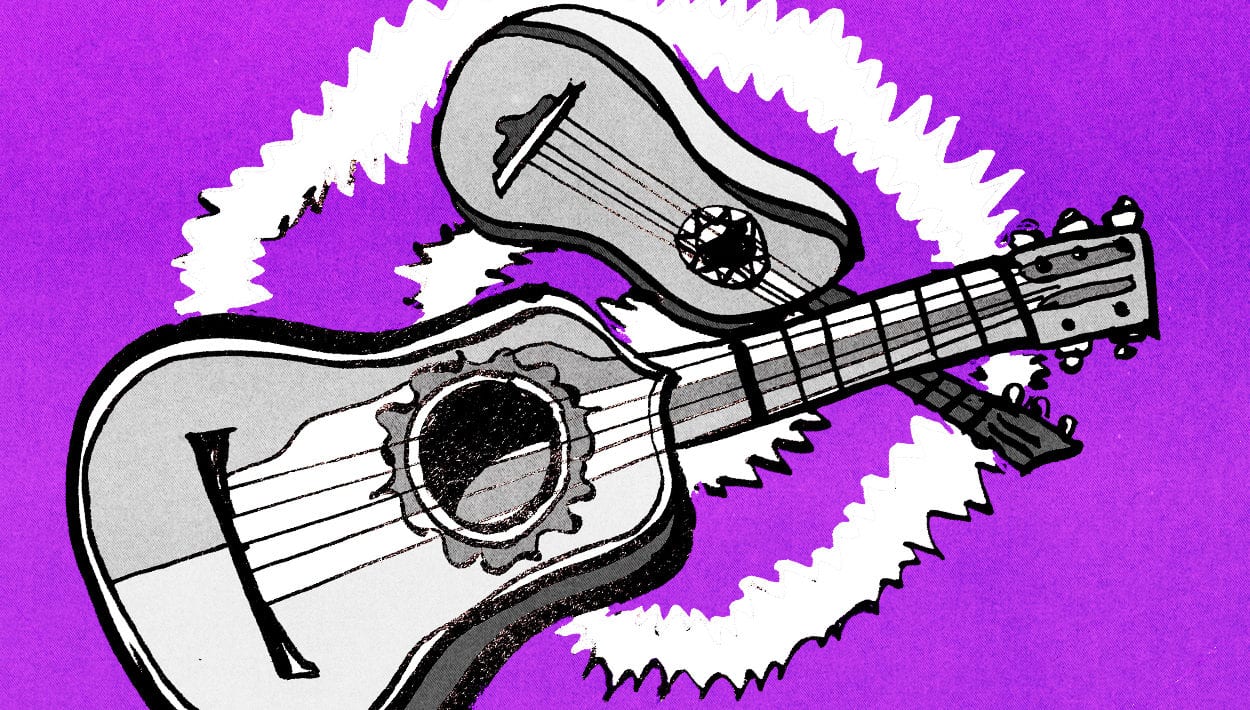


Comments
No comments yet